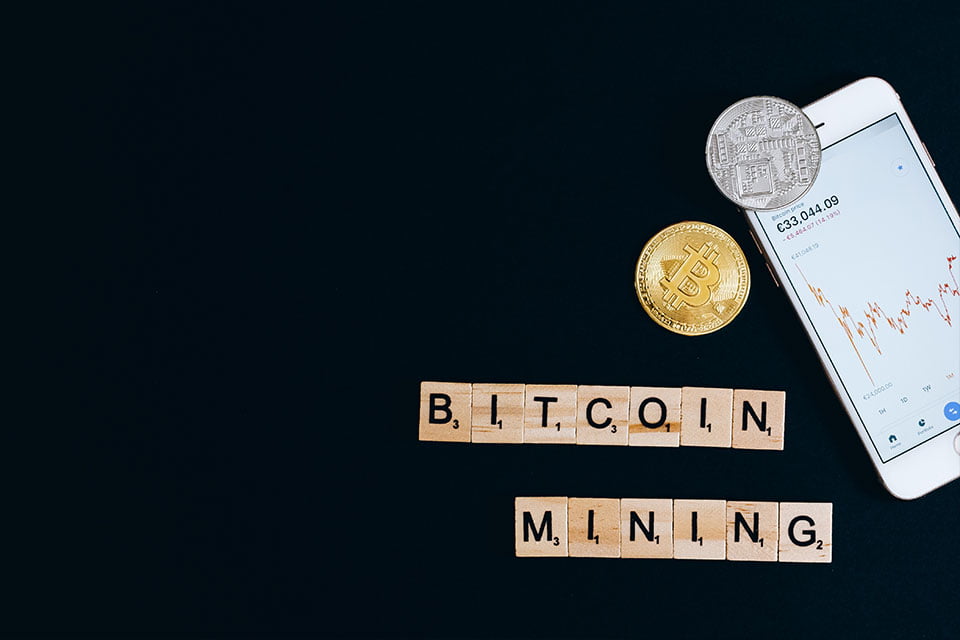
Proof of Work (PoW) and Proof of Stake (PoS) are the most used methods for securing blockchain networks. PoW employs computing power to solve cryptographic puzzles. In contrast, PoS uses a form of virtual mining to achieve the same goal. This article explains why Proof-of-Work (PoW) has become the preferred consensus algorithm for Bitcoin payments and Ethereum.
Table of Contents
Proof of Work- A Brief Overview
When we talk about “Proof of Work”, it is mainly used for the authentication of blockchain transactions. It is employed by Bitcoin and other cryptocurrencies, such as Ethereum. Proof of work is a way to demonstrate that you exerted effort in exchange for something valuable. Regarding cryptocurrencies, two categories exist:
• The first type comprises miners who solve complex mathematical problems needing a great deal of computer power and electricity (those who run the network). Therefore, this consensus approach is known as the proof-of-work consensus mechanism, as proof (the math problem) is required before receiving payment for one’s efforts (the currency).
• The second technique does not entail mining; instead, all currency holders have an equal opportunity to earn additional coins by validating transactions on the blockchain using [proof-of-stake] with their computer hardware or system resources.
The Advantages and Drawbacks of Proof of Work
Proof of work (PoW) is a mechanism for achieving consensus in a decentralized network. The Proof of work (PoW) is beneficial as it simplifies the validation of transactions. Proof of stake (PoS) is an alternative consensus mechanism that does not reliant on mining and is gained through a different approach. PoW systems are often more energy-intensive than PoS systems, although there are exceptions based on their implementation.
Why do they not switch immediately? Multiple factors explain why this has not occurred yet:
- The Bitcoin community is divided on whether or not to abandon proof-of-work; many users argue that proof-of-work provides greater overall security since it limits network membership to those willing and able to commit resources to accumulate “hashing power.”
- They feel that doing so prevents hostile actors from exploiting faults in their system, which is especially important given that these folks are often incapable of producing beneficial things! Due to economies of scale, these systems trend toward centralization; significant businesses such as Google or Amazon may become overly powerful if granted excessive control over future events.
Proof of Stake
Through the validation of transactions, proof of stake is a protocol for attaining distributed consensus. Proof-of-stake systems employ a secured account database to demonstrate ownership or rights to mine new blocks on the blockchain. In contrast, proof-of-work techniques require miners to solve cryptographic challenges to earn rewards.
Because it does not require expensive hardware or specialized knowledge about cryptography or computer science, unlike other systems such as Bitcoin’s proof-of-work system, where you need specialized hardware called ASICs to compete with other miners to receive rewards from mining, which requires a great deal of computational power and electricity.
Advantages and drawbacks of proof of stake
Proof-of-stake (PoS) has advantages and disadvantages over proof-of-work (PoW).
Advantages of PoS:
• It is less damaging to the environment because less electricity is used.
• It is more efficient than PoW for two reasons: no computing energy or time is required for hashing, and there is no centralized resource pool that an attacker can exploit.
Disadvantages of PoS:
• There are still some worries surrounding the security model involved in demonstrating stake ownership with this method, albeit they are less severe than those associated with mining pools.
Transactions may be validated using Proof of Work or Proof of Stake.
Miners solve complex mathematical problems using specialized computers and are awarded newly minted bitcoins. This is how the Bitcoin blockchain maintains ownership records and avoids double-spending.
On an alter side, if you want to opt for other altcoins rather than Bitcoin, then Ethereum is drastically growing in trading fields. Investing in Ethereum and trading is easier by enrolling with ethereum-code.me as it specifically helps in trading Ethereum coins.
Conclusion
So, these were some informative points you needed to know about “Proof of Work” or “Proof of Stake”. In proof of stake, each miner maintains a specific quantity of coins in their wallet, which can be used to validate network transactions.





